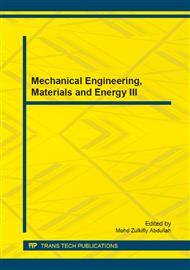p.438
p.446
p.453
p.458
p.465
p.471
p.479
p.484
p.489
Design of Onboard Device to Diagnose Track Fault Online
Abstract:
The paper focuses on the design of an onboard track fault diagnosis device for advanced railway condition monitoring which can be mounted on in-service vehicle. Track faults are diagnosed from the vertical and lateral acceleration of axle-box, bogie and car-body with different characteristics. As vibration signal in time-domain will not represent the condition of the track obviously, the signal is transformed into frequency-domain first. Then PCA and SVM are used to calculate probabilities of fault tracks. At last, The D-S evidence theory is employed in the track fault diagnosis to fuse multi-source information. When fault is detected, alarm message will be sent to the monitoring center of the system to ensure the safety of the following vehicles. Experiments which use three accelerometer signals in different positions as mentioned above from the inspection vehicle were carried out to show that the detection algorithm is effective to estimate the rail irregularities and diagnose track faults.
Info:
Periodical:
Pages:
465-470
Citation:
Online since:
December 2013
Authors:
Price:
Сopyright:
© 2014 Trans Tech Publications Ltd. All Rights Reserved
Share:
Citation:


